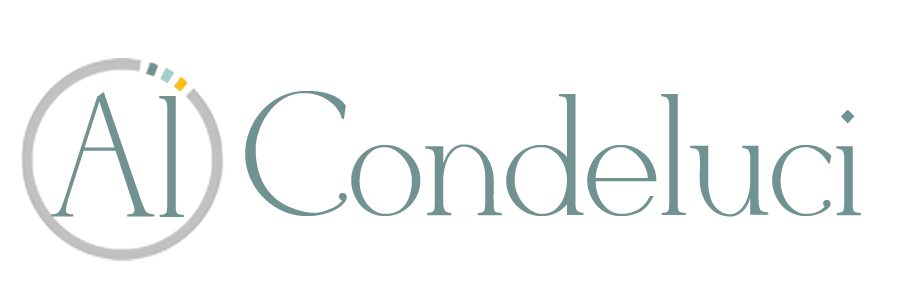How Can Community Become Intentional
/As disability advocates have been working to promote more inclusive community, there has been struggles that have led to frustration. Everyone agrees that inclusion is a good thing, and would like to see it happen, but know it is hard to achieve. We can promote an inclusive community, but we really can't control the behaviors of others. So we can help people get "in" to community, but can not get people to be fully embraced by the community.
In this struggle, some advocates have advocated backing away from the general community and developing "intentional" communities where everyone invited to the community have been hand picked as ones who agree with the values and directions of the group. Of course, intentional communities are not a new thing. People have self selected there own community for time in memorial. This goes back to the notion of tribes and selected groups.
Still, it seems to me that when we promote intentional communities, just for people with disabilities, this form of segregation in the end, holds our movement for inclusion back. When we find our own space, for our own kind, we allow the general community to abdicate its responsibility to all citizens. I get the emotional rationale, but feel in the end it is a cope out from the real challenge of inclusion.
So, how do we get the behaviors of the general community to be more hospitable? I think the answer to this challenge is found in social capital. In a way, the more people become known, and connected to the general community, the more the behaviors of inclusion will be influenced.
We can't force people to change their behavior, but we can continue to find ways to connect people we support to the general community. In this process, we make the general community more intentional.
